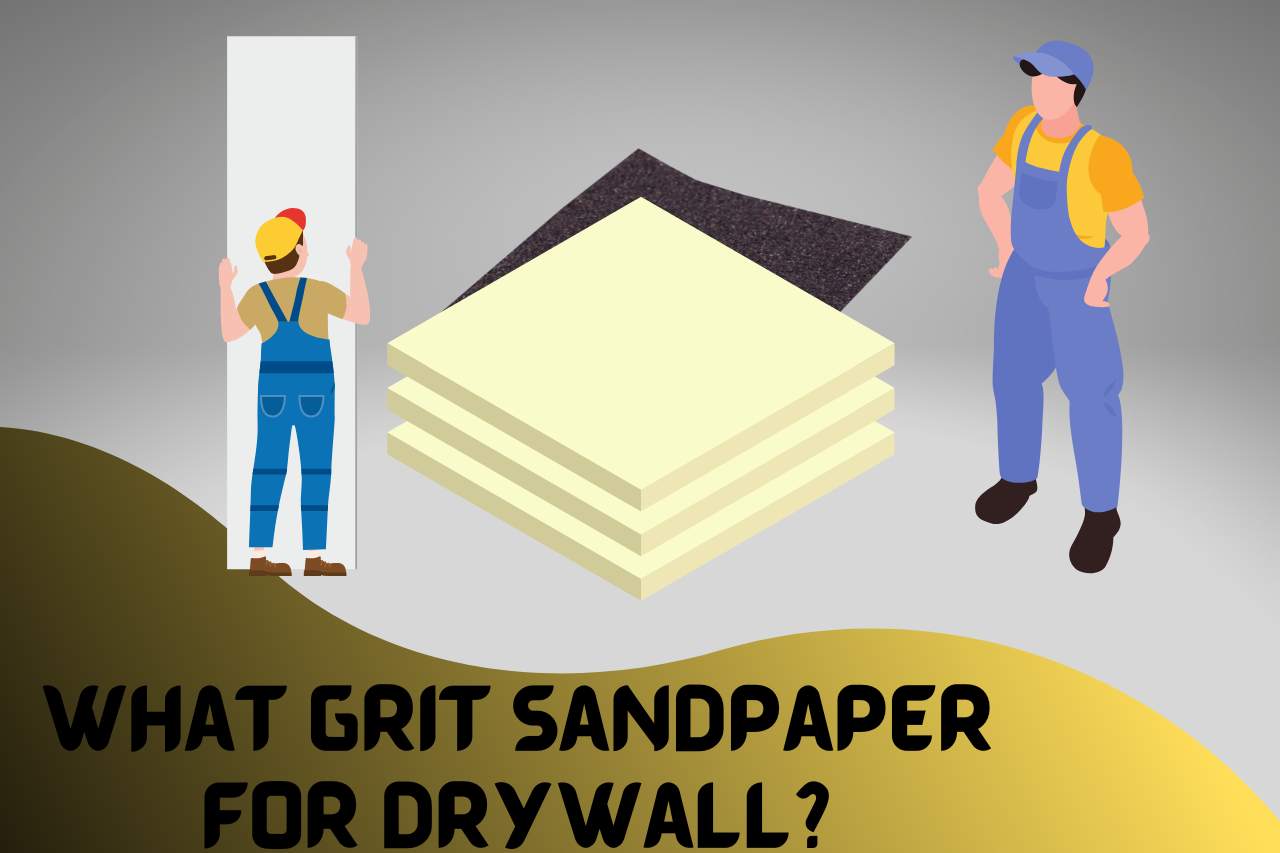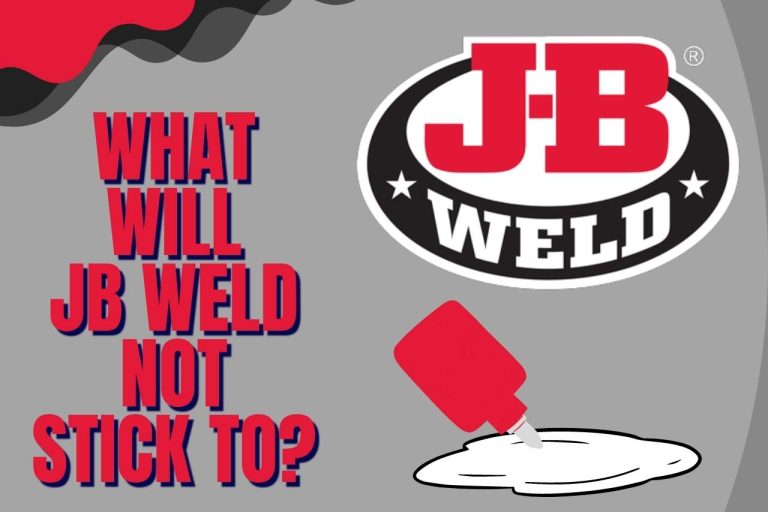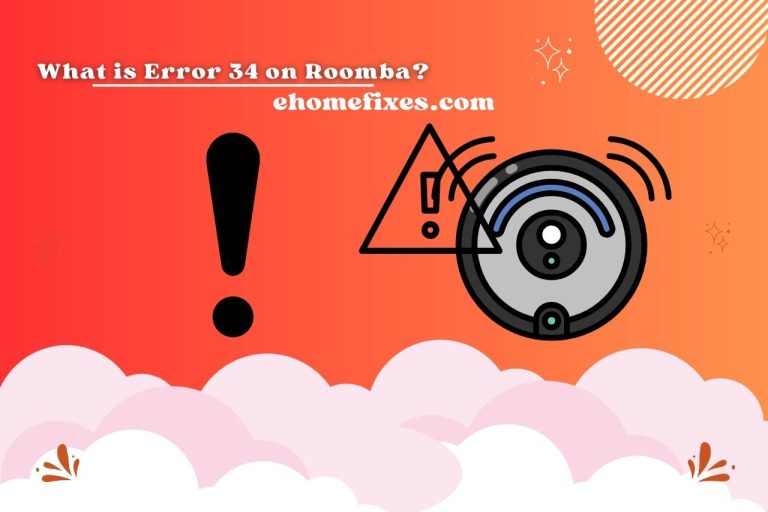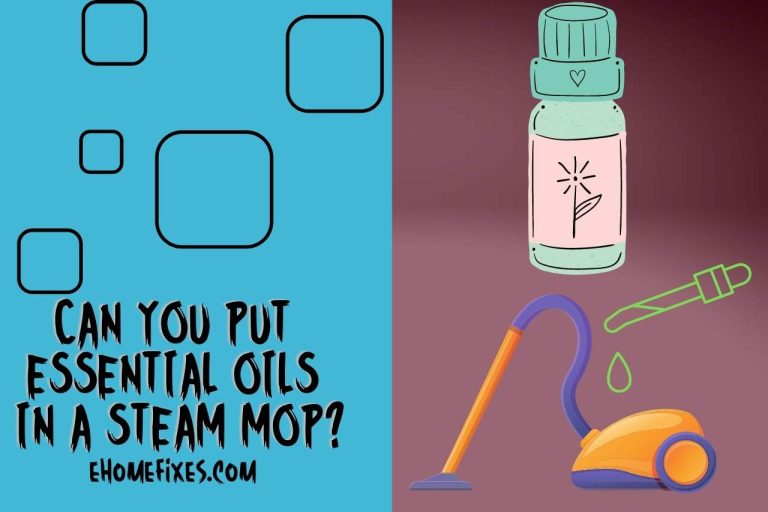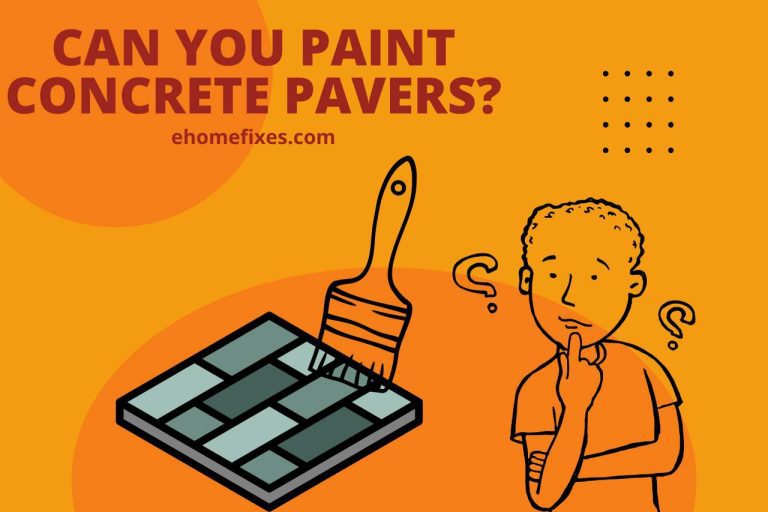What Grit Sandpaper for Drywall? [All You Need To Know]
Drywall is known as wallboard. Drywall is building a wall without plaster or mortar. And, drywall is constructed using wood pulp, plywood, asbestos or gypsum. Drywalls are a material used to cover the frames on the wall and the ceiling. Drywall comes in several types and properties. They can be fire-resistant and soundproof. The dry walls are sanded using grit sandpaper to give the walls a fine and smooth finish. What is grit sandpaper for drywall?
Is It Necessary to Sand Drywall?
If the drywall is not sanded, the wall surface will be hard, irregular, or uneven to see and touch. It is essential to sand drywall to give the final finishing touch. If you sand the drywall, you can only apply primer or paint on the wall. Due to uneven texture and surface, one cannot hang any décor, paintings, or artistic DIY.
Once the drywall sheets are placed with the gaps covered, taped, and joints compounded, the joint compound and mud should be sanded once it’s dried well when the drywall is filed into a smooth and fine surface. You can use the desired primer and colour for the drywall.
The most effective form of sanding is wet sanding, which uses a sponge to soften the mud or compound. This type of sanding reduces the dust formed from sanding. One can also dry sand using a sand paper; it is just as effective.
What is Grit Sandpaper for Drywall?
We use different types of grit papers to sand other areas of the drywall. For example, we use 100-grit or 120-grit sandpaper for hard and rough regions or the initial dried compound. Then we continue sanding with 150-grit sandpaper to smoothen that area. For lighter grinding on the already delicate site with no uneven surface, use a grit sandpaper of around 220 grits.
Any lower-numbered sandpaper of 100 or below can damage the wall badly. Always use lighter grit sand paper for electric outlets and corners of the wall. Remember that sandpaper with lower numbers is rough and coarse, and it’s for the initial sanding on an uneven surface. The higher number of sandpaper is for lighter dry walls. When sanding, use 120-grit for initial sanding. And around 150-grit for finer sanding.
Some people use an orbital sander to sand large areas of drywall. It takes less time compared to hand sanding. Make sure to use grit sandpaper of either 150 or 180 grits to get a smooth finish.
Is 180 Grit Suitable for Drywall?
Yes, a 180-grit sandpaper is used for finer sanding. 180-grit sandpaper is a finer-grit sandpaper often used on wood. It is mainly used to sand the marks, unfinished texture and scratches left by the coarser sanding. Do not use 180-grit sandpaper for any initial sanding because it will take longer and will not sand the surface as rough sandpaper. 180-grit sandpaper for dry walls mostly suits the power sanding method. If hand sanding, use 120-150 grit paper.
Is 80 Grit Suitable for Drywall?
It’s advised not to use 80-grit sandpaper to sand drywall. 80-grit sandpaper is used for hefty and coarse walls. Using 80-grit sandpaper on drywall mud or joint compound that is not highly coarse can damage the wall. Using 80-grit can leave permanent scratches and marks on the wall. So, it’s always recommended to use sandpaper with a grit above 100. Mostly 120-150 grit medium coarse sandpaper is desirable.
Sometimes the wall can have significant and lumpy patches on them. The bumps make the wall pop in random places. We can use a mud knife to remove this kind of pattern on the wall. Once the spot is reduced, one can use 80-grit sandpaper to tone it down. Then continue, followed with medium-grit sandpaper.
What is Grit Sandpaper for Drywall Ceilings?
What grit sandpaper to use on a ceiling depends on the texture or pattern you need to grit. If your roof is decades old with an old-fashioned popcorn ceiling or a stipple ceiling, you must use coarser grit sandpaper—sandpaper below 100. Or you can easily remove the popcorn or stipple compound on the drywall with a mud knife.
In case your ceiling is an asbestos compound. Make sure to get professional help. Refrain from DIY sanding the ceiling. If you are filing a stipple ceiling, use an electric sander with a dust bag. And use 80-grit sandpaper. And after knocking the stipple off the drywall, use 120-grit sand paper on a pole sander, followed by 200-grit sand paper to finish it smoothly.
When sanding a popcorn ceiling, wet the top with water. And remove the texture using a round joint knife. After the popcorn is removed, one can file it using 120-grit sandpaper.
What Grit Sandpaper for Drywall Before Painting?
The surface must be excellent and smooth to paint a wall. It should have a clean finish without any scratches, marks or damages. So, we need to use finer grit sandpaper for the purpose. If the wall is already painted with water-based paint, then use a finer grit sandpaper, 180-220 grit sandpaper. If the wall is already painted with oil-based paint, better use medium-grit sandpaper, which is around 100-150 grits. And, if the wall is damaged, cracked or has any holes, make sure to apply joint compound or plaster to cover the damage. So, when the wall is repaired, the surface will be uneven. At this point, use sandpaper with 100-grit and then 180 or 200 grits to make the drywall suitable for painting.
What Grit Sandpaper for Patching Drywall?
When patching drywall, we observe lumps and bumps as well as uneven texture on the surface. When noticeable on the wall, remove the spots off the wall patch using a mud knife. Once removed, use a medium grit sandpaper between 120 and 150 to remove the unevenness of the surface. Sand in a circular motion. When the patch is even and scratch-free, use fine-grit sandpaper to give the drywall a finer and smoother finish. Finally, end the process with a primer coating and some paint.
Continue Exploring: More Articles to Keep You Engaged

